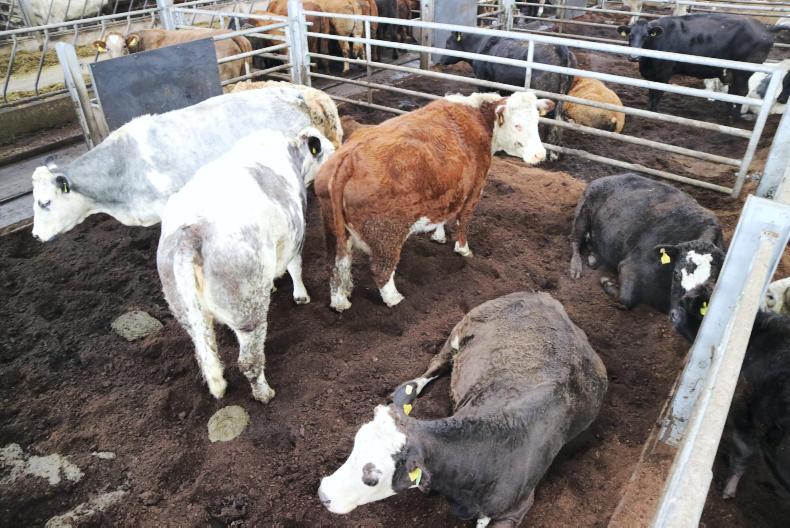Peat is becoming a popular bedding alternative for livestock housing this year as the availability of straw for some becomes a challenge.
According to distributors, peat is very absorbent as a bedding material, easy to handle and to dispose of. They claim it can be used for both cattle and sheep.
Calculate
Suppliers advise farmers interested in buying in bulk to calculate their bedding requirements for the winter in order to work out how much peat they might need in cubic metres.
This can be achieved by multiplying the length by the width by the depth of peat.
For suckler farmers who operate an autumn- or spring-calving system in which calves are allowed access to a creep area, it is recommended that this creep would have approximately 4in (11cm) of peat. Where weanlings are being housed, it is recommended that 5in (13cm) of peat is used in pens and where heavier stock, such as finishing cattle or cows, are being housed, it is recommended to use approximately 7in (18cm) of peat.
In general, it is recommended that 8in (20cm) of peat is the optimum upper level for bedding cattle. For example, a floor area measuring 15m long x 5m wide x 0.12m deep (5in depth of bedding) used for weanlings would require 7.2 cubic metres of peat for five weeks’ worth of bedding. Then it would need replacing.
The cost of bedding varies depending on the amount purchased and whether or not delivery is included. Some farmers organise collection themselves from suppliers either using their own machine.
Peat is costing anywhere from €13/m3 to €15/m3 excluding delivery. The price is dependent on the quantity purchased. Where delivery is included prices range from €1,680 to €2,000 for 100 cubic metres, depending on distance.






 This is a subscriber-only article
This is a subscriber-only article










SHARING OPTIONS: